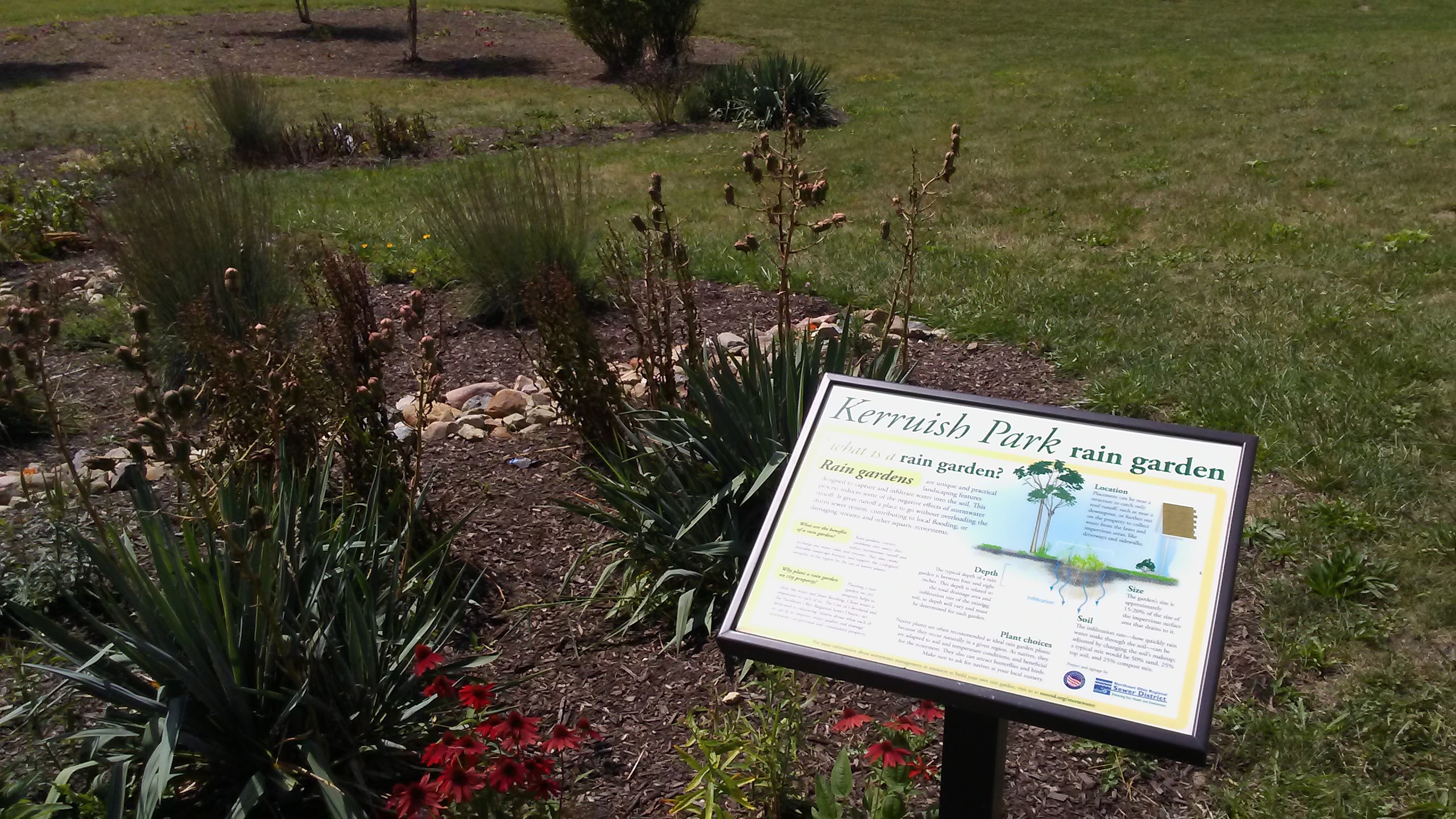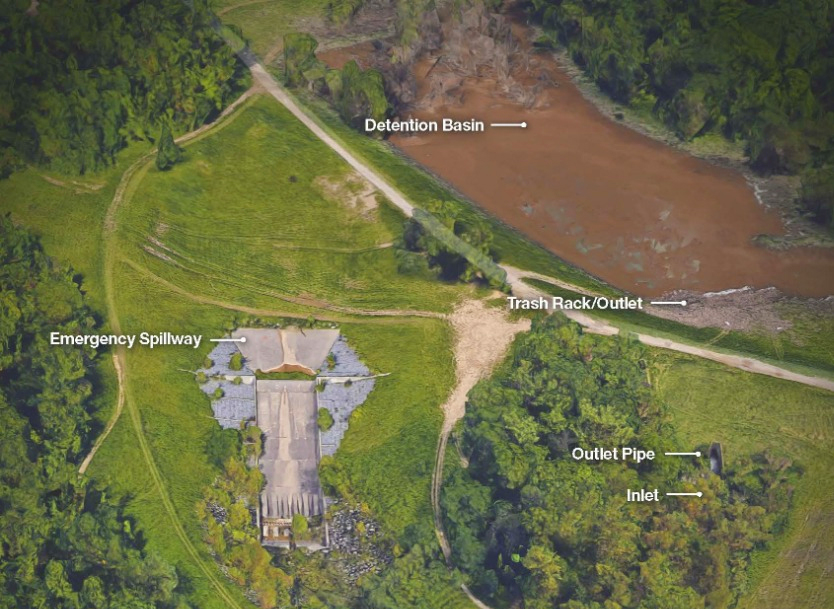Sustainability at Work
Water Pollution Control (WPC) is responsible for maintaining the local sanitary sewage and stormwater drainage collection systems within the city of Cleveland. As the Stormwater Manager for the City of Cleveland, WPC is charged by the Ohio Environmental Protection Agency with managing and supervising matters relating to the elimination, control and regulation of water pollution within the city.
Green projects are used to delay, capture, store, treat, or infiltrate stormwater so runoff does not overwhelm the sewer system and cause street and basement flooding or harm the environment.
Low-Impact Designs
A Stormwater Management Demonstration project is located at the Water Pollution Control office on Kirby Avenue. The project highlights five stormwater management best practices. The project is open for public tours. Call WPC Customer Service at 216.664.2513 to schedule a site visit.
Stormwater System Maintenance
The Environmental Protection Agency (EPA) grants Cleveland a permit to operate a Municipal Separate Storm Sewer System (MS4). The MS4s carry stormwater runoff and sanitary sewage separately. The rainfall and snow melt carried by an MS4 is not processed through one of three waste water treatment facilities located within the City of Cleveland. Instead, it flows untreated into local waterways where it eventually reaches Lake Erie. This means that pollutants entering these storm drains can be carried to local waterways and impact local drinking water and water recreation..





